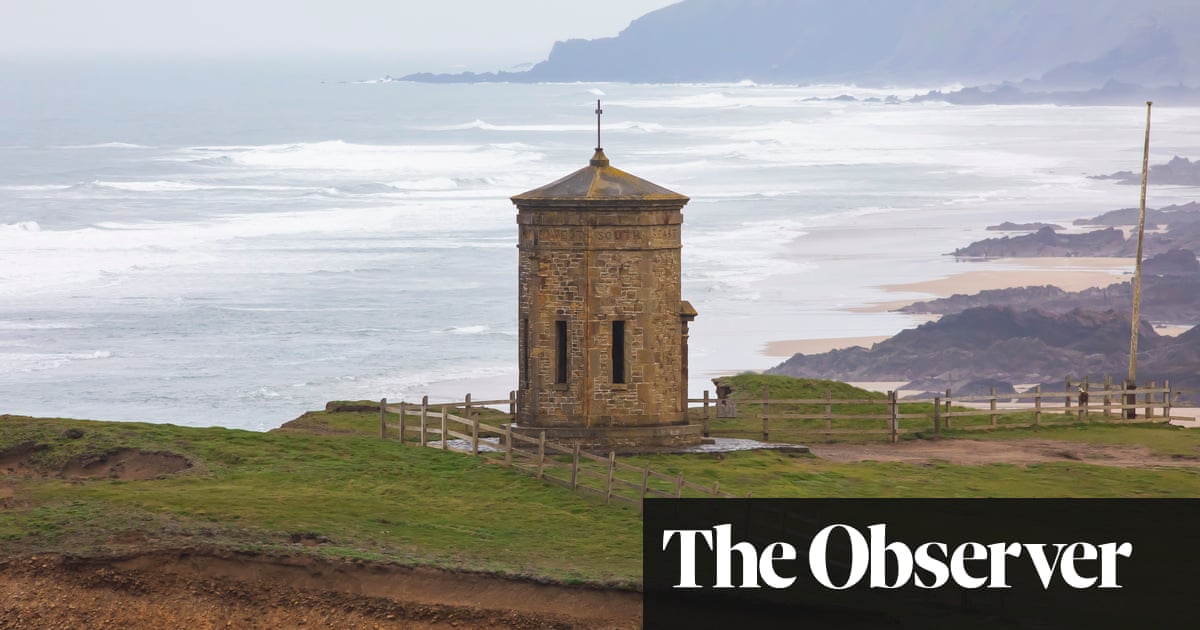
his was taken in Senegal near the end of 2018. I was gearing up for a project in neighbouring Mauritania for Reuters, but I wanted to understand the region better before I dived in. I had spent a few years based in west Africa. Where Mauritania can be quite closed off to outsiders and suspicious of photographers, Senegal is much more open. I’d met a lot of people in the Senegalese diaspora in the US, where I grew up, and I’d heard a lot about Saint Louis in the north. It was the capital before Dakar took on that role, and it’s a fascinating testament to the country’s colonial past.
Unlike many colonial projects elsewhere on the continent, the French didn’t attempt to completely repress who the Senegalese were as a people, and the city bears the marks of its complicated history. Much of the old town’s architecture is very French. Lots of mixed race people born of relationships between local women and French soldiers also live in Saint Louis. I was captivated by its history and its present.
Today, though, Saint Louis is under threat. It’s one of the many frontlines in the climate catastrophe. Houses on the beachfront have been devastated by rising sea levels. When the ocean surges, the water rips out the sand underneath the foundations of people’s homes. Roofs are missing, whole rooms are now underwater, some people only have one wall standing in the house they lived in their whole lives.
Many people are already being displaced. Some from Saint Louis have been forced to move into tented cities because of the destruction of their homes. I learned of one village from which around 80,000 people have been forced to move inland to avoid the rising water.
This little boy is playing on a retaining wall erected to defend homes from the sea. Something struck me about him: his imagination turned this structure defending his home into a playground. He’s striding above it like a king with his little stick. It captured, for me, the incredible resilience of children and the imagination of childhood. It’s an image of strength.
But it’s also tragic. In a few years, he will be forced to understand the role of that retaining wall, and he will likely have to join the thousands forced to live in makeshift homes. The ocean sustains the fishing communities, and offers a space for its children to play, but it’s now threatening to engulf the city.
Obviously this isn’t Senegal’s problem alone. I have a place in New York City and a few years ago the neighbourhood was ruined by flooding. Today, I live in Jakarta. The whole city is quite literally sinking.
But adversity can also provoke incredible responses. My work has always been interested as much in resilience and responses to trauma as it has in trauma itself. I’m fascinated by how people adapt, and by their boundless ability to survive.
The community in Saint Louis is so tight knit, partly because of its history and the threats it faces today. I met a woman whose home was destroyed and she now lives with her five children in a side room of her neighbour’s house. People can perform extraordinary acts of care for one another, so long as the community pulls together.
Nicky Quamina-Woo’s CV
Born: US.
Trained: Parsons School of Design, New York.
Influences: Gordon Parks, Marco Gualazzini, David Guttenfelder, Nana Kofi Acquah, Joana Choumali, Ismail Ferdous, Ron Haviv, Andrew Esiebo, Nichole Sobecki, Hannah Reyes Morales, Ousmane Sembène, Djibril Diop Mambety, Michelangelo Antonioni, Carrie Mae Weems, Eva Hesse and Egon Schiele.
High point: “I just won the Marilyn Stafford FotoReportage award for work on climate change in Senegal, which has been a huge honour.”
Low point: “Last year I covered the Sri Lanka Easter church bombings, where I probably saw 18 funerals in a single day. It took me many months to let go of that sadness, to not cry at the drop of a dime.”
Top tip: “Shoot what you love. If your heart isn’t in the type of images you’re shooting, it shows. You have to ask yourself why you’re doing it.”











